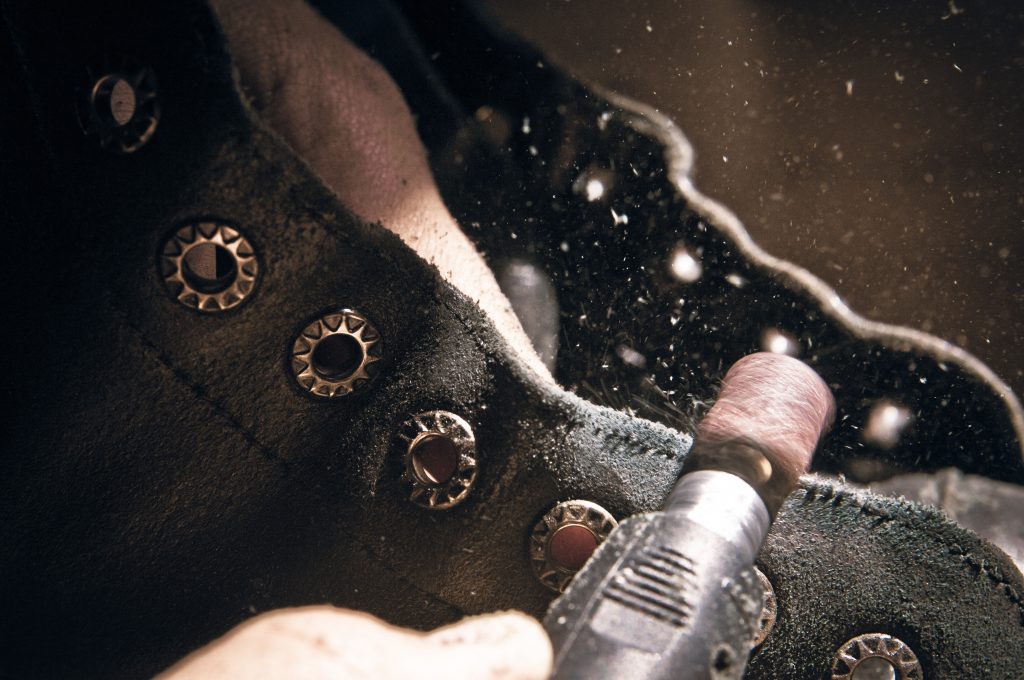Back

Blog
For companies thriving in the manufacturing industry, “megafactories” are the exception
Strengthening the manufacturing industry has been widely covered in mainstream media, largely in part to the 2016 presidential election. Recently, the New York-based Trans-Lux announced it would be shifting production of its LCD and LED displays from China back to the U.S. (with the goal of making all of its products in America within a year), and Ford Motor Company canceled plans to build a new plant in Mexico—investing $700 million in its Flack Rock, Michigan plant instead. This comes in addition to deals that President-Elect Donald Trump has brokered with Carrier and United Technologies, which will collectively keep 1,900 manufacturing jobs in Indiana.
 While these stories continue to dominate headlines, “megafactories are the exception today,” explains Scott Paul, president of the Alliance for American Manufacturing. There are an estimated 252,000 manufacturing companies in the U.S. today, and only 3,700 of these have more than 500 employees. Many employ fewer than 20 people. The growth of these small- and mid-sized manufacturing companies stimulates inner city economies, often without the need for incentives.
While these stories continue to dominate headlines, “megafactories are the exception today,” explains Scott Paul, president of the Alliance for American Manufacturing. There are an estimated 252,000 manufacturing companies in the U.S. today, and only 3,700 of these have more than 500 employees. Many employ fewer than 20 people. The growth of these small- and mid-sized manufacturing companies stimulates inner city economies, often without the need for incentives.
For example, James Branch grew up in an inner city neighborhood of Baltimore, Maryland. As a teen, he became a father, dropped out of high school, and eventually landed in prison. Homeless upon his release, Branch began squatting in abandoned houses in West Baltimore. When he landed a job at the Popeye’s fast-food chain, he also worked to complete a two-year program in metalwork. Now 40, he’s employed as a skilled machine operator at Marlin Steel. The Baltimore-based firm employs 24 people and specializes in making metal baskets that are needed by larger companies like Boeing and Merck. Branch earns more than $20/hour – more than double what he was earning in the service sector.
Marlin Steel has landed on the Inner City 100 multiple times, an award that recognizes the nation’s fastest-growing inner city firms. Marlin is not alone in its success. There are countless other small- and mid-sized manufacturers opening up shop or expanding within the urban core. Many are considered “artisan” or “craft producers” and often do not make it into the manufacturing spotlight.
Many of these firms are run by sole proprietors. According to the most recent Commerce Department data, there were more than 350,000 manufacturing establishments with no employee other than the owner in 2014, up almost 17% from a decade earlier. The growth of food manufacturing has been particularly remarkable, with the number of single-employee firms nearly doubling during that period.
Some of these independent manufacturing companies are likely to remain small. Nicholas Hollows, the 32-year-old owner of Hollows Leather in Eugene, OR says he has no intention of growing the business he launched in 2011. “Being hands-on is the whole reason [I started this company],” he says.
But then there are people like Margot Reiss, who started her soup making venture, Kitchen 36, after she struggled to find traditional employment during the economic downturn. She currently works out of a kitchen incubator in Long Island City, selling her vegetarian and vegan soups at local farmers’ markets. Reiss is slowly growing Kitchen 36, and hopes to open her own commercial kitchen in the future. As the company expands, she anticipates needing to hire additional employees.
Collectively, companies like Hollows Leather and Kitchen 36 are contributing to the manufacturing industry’s resurgence. To support these efforts, the NYC-based Pratt Center for Community Development and SFMade teamed up to launch the Urban Manufacturing Alliance (UMA) [LINK TO CASE STUDY]. Formed in 2011, UMA is a national collaborative of non-profit, for-profit and governmental stakeholders who are working together to grow urban manufacturing, create living wage jobs, and catalyze sustainable local economies. Its goal is to “create a community of practice between all of the people engaged every day in trying to strengthen the manufacturing sector and create jobs in cities,” says Adam Friedman, UMA Board Chair and Co-Founder.
When UMA first launched, it hoped to collaborate with 10 cities across the U.S. Today, UMA is a coalition of 500+ stakeholders from more than 150 cities and towns. Members routinely share best practices around topics like how to integrate youth into the industrial economy, or how to support small-batch production in cities with prohibitive zoning codes.
UMA’s rapid growth is a testament to the growing popularity of craft manufacturing. Cities that intentionally include manufacturing as part of their place-based economic development strategy will be poised to capture the benefits as these companies grow – from new tax revenue, to jobs for inner city residents like James Branch.
